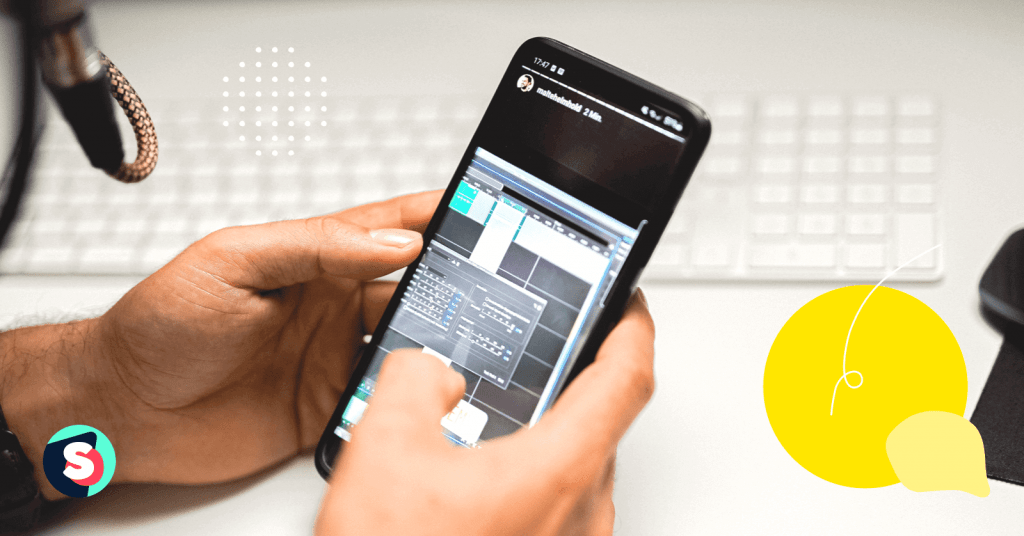It is now common knowledge that emotions play an important role in customer behavior. Not every step a customer takes is totally informed by normal human logic or reasoning.
But even though the importance of emotions in marketing is well known, it has to be said that quantifying emotions is not as straightforward as measuring data metrics— likes, comments, and mentions. It is easy to focus on data, but ignoring the sentiment behind all those numbers, can lead to you misinterpreting the data.
In this post, we will walk you through a process that can be used to measure the emotions behind every conversation about your brand online.
What is social media sentiment analysis?
Sentiment analysis is a process that helps you understand the emotions behind every single interaction between your audience and your brand. Sentiment analysis not only helps you understand those feelings, it also gives you an idea of what exactly might be provoking those feelings.
The analysis places emphasis on emotions and sentiments over mention or comment counts, it analyses data about how your audience reacts to your brand and provides information to help you better understand your audience.
Is your audience happy with your new features, your customer service, and your brand in general? Sentiment analysis helps you know all of that.
Importance of brand sentiment analysis
- It helps you understand your audience: Your marketing effort is only as effective as how well you know your audience. Without adequate information about what your audience likes or not, you are almost set to fail as a brand. Social sentiment analysis provides such vital information. You get to know how your audience feels about your brand and you can use that information to improve your marketing strategies.
- Improves customer service: Once your audience perceives your customer service as poor, the ripple effect can be detrimental to your brand health. What sentiment analysis does is that it helps you notice specific areas of your product or service that your audience is not particularly happy with and fill in those gaps quickly! It better equips you to spot your audience’s pain points and solve them, leading to a more healthy customer-brand relationship.
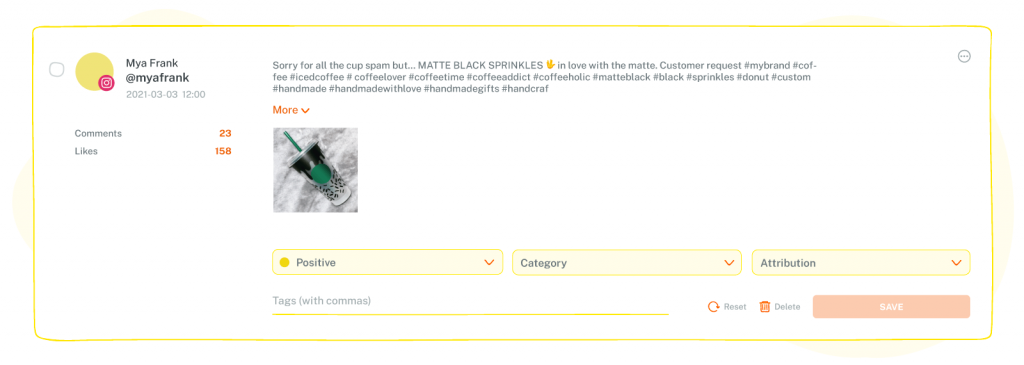
- Tweak brand messaging and product development: when it comes to marketing, your audience decides what strategy you should follow most times. With sentiment analysis, you can begin to understand how your audience perceives or receive any form of content you put out.
It gives you an idea of what sort of brand tone or voice works for your audience. It also helps you gather insight as to the product or service you are offering. What your audience loves about it or otherwise.
- Spot crises in the early stages: Bad news spreads like wildfire and even worse on social media. This leaves you with little margin for error, a simple mistake can land you in a crisis within the blink of an eye.
Sentiment analysis puts you one step ahead when it comes to managing customer complaints or emotions before it escalates. You can quickly track a complaint with a negative potential, address it and avert any major crisis.
- Monitor your competitors: Your social media competitors are also striving to make your shared audience happy and satisfied the same way you are. Using sentiment analysis, you can be aware of how well your competitors’ content strategy is received and use that information to determine whether their marketing strategy is effective enough for your target audience. It is also a way to see how you rank amongst other brands in your industry.
🥁 Bonus article: How to prepare an Instagram competitor analytics report in 5 minutes?
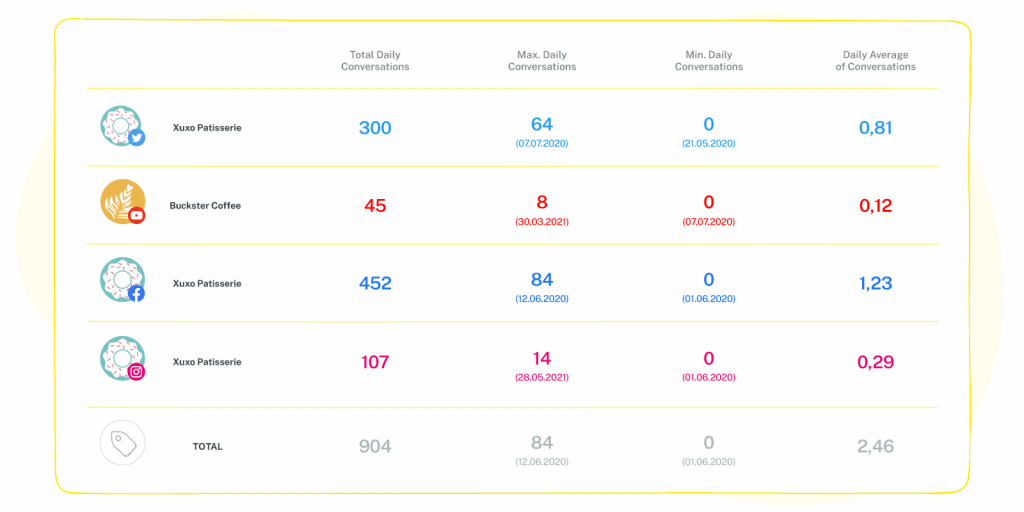
Sentiment analysis on Instagram without using any third-party tools
It must be said that trying to conduct Instagram sentiment analysis manually is a very stressful, time-consuming, and often ineffective method. But if for whatever reason, you’ve chosen to go that route, we’ve got you.
Step 1: Look out for mentions about your brand
The first step is to find out conversations people are having about your brand online. The problem however is that they might not tag you in every conversation, so another option is to monitor hashtags that relate to your brand and product on Instagram.
You would need to do a lot of research, so you can have a sample size of data for effective analysis.
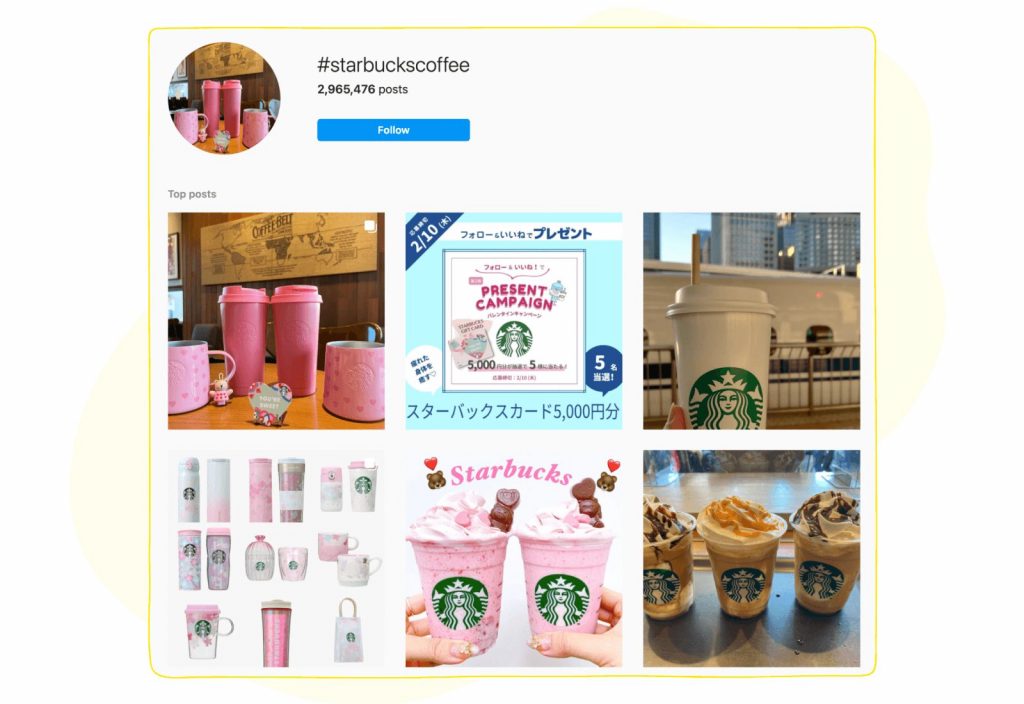
Step 2: Define the terms for your sentiment analysis
Proper sentiment analysis requires you to define the terms for the analysis. Most sentiments around your brand would fall into three categories; Positive, Negative, or Neutral.
Brainstorm different words that fall into this category and use it to filter your mentions. Examples might include:
Positive words: best, amazing, thanks, perfect, great
Negative words: worst, bad, awful, terrible
Make a list of these words and scan your mentions for them.
Step 3: Put your results into context with a report
You’ve filtered out your different sentiments, now is the time to visualize your data and compile them into a report for easy interpretation. At the very least your report should contain:
- Total brand engagements and mentions
- Percentage of positive mentions and
- Percentage of negative mentions
Save time with a social media sentiment analysis tool
Sociality’s social listening tool can help you monitor all your mentions and conversations about your brand in real-time while at the same time discovering the different sentiments behind those mentions. Available for social media, web, forums, news you can set up listening mode to discover granular data that you need to conduct sentiment analysis on your brands.
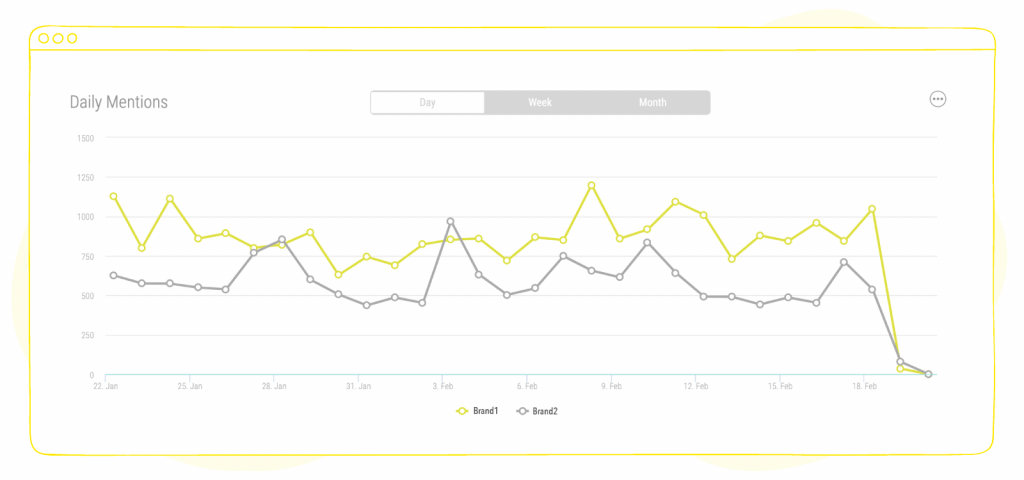
You can pick and choose terms related to the sentiments you’d like to monitor.
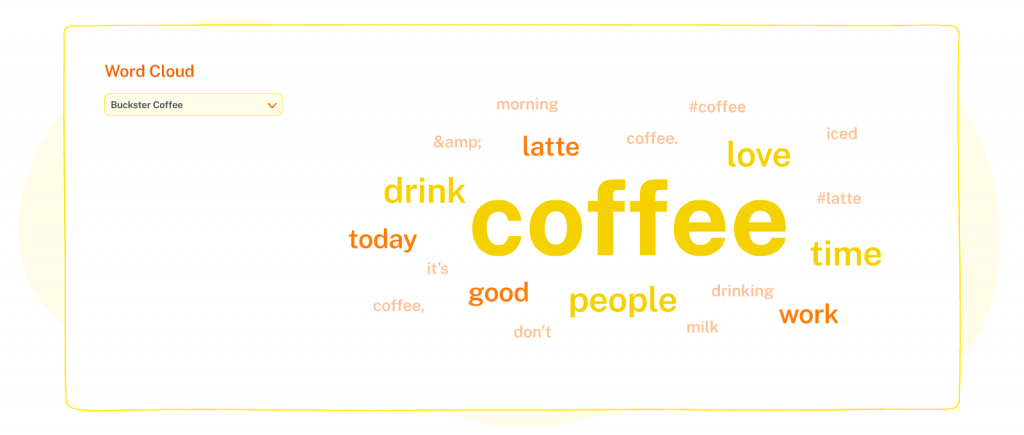
The tool does all the analytics and provides you with a report. You can also compare your reports from previous months or periods to evaluate how well you are doing
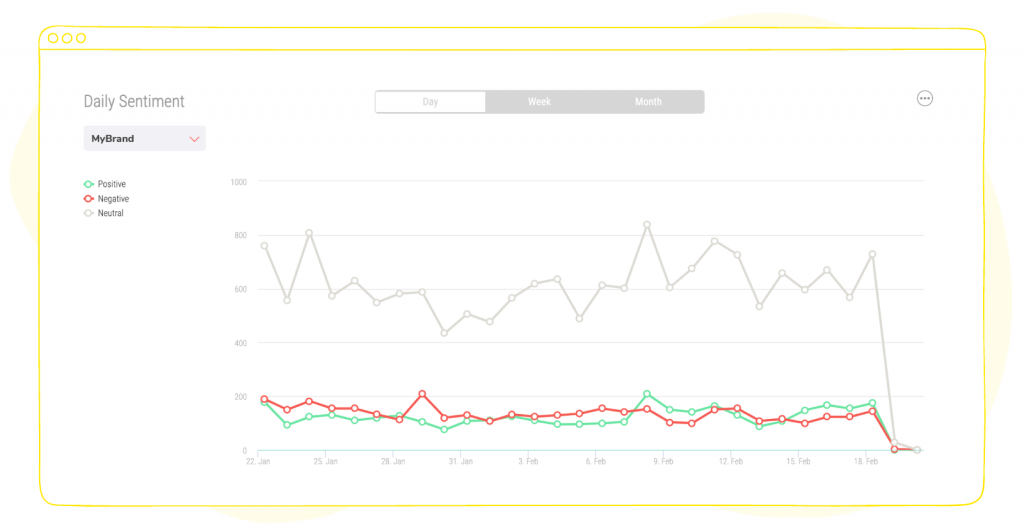
🎉 Related Article: Collect meaningful data for a better ROI using Sociality.io Report Module
How healthy is your brand?
Conversations about businesses, products, and services are never-ending, so you should not take a once and for all approach to sentiment analysis. Consistent evaluation of how your brand is perceived by your audience is crucial to your overall brand health. With that, you can easily gauge different aspects of customer-brand relationships like; brand awareness, brand image and even predict customer behavior.


